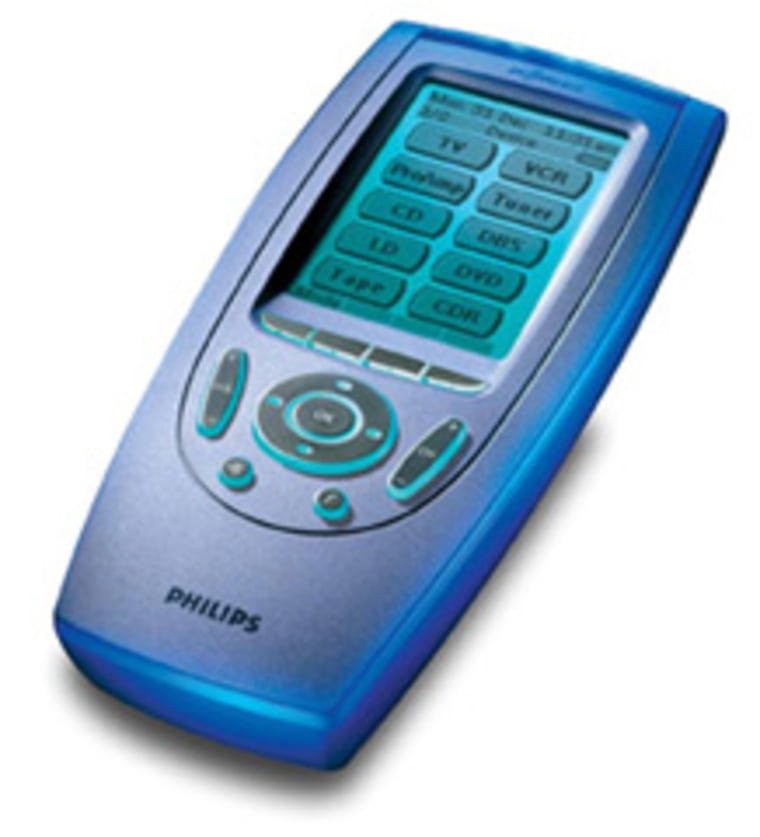'Tis the season for high-tech gifts and high-tech hassles.
There's room for improvement with even the best toys. If you received some nifty new gadgets this holiday season but aren't getting the most out of them, perhaps you need some help rounding out the package. Here are some high-tech accessories that can leave you one step ahead of the Joneses.
Take back control
If Santa graced you with a new TV, DVD player, surround-sound system or other such gizmo, it’s a sure bet he threw in a new remote control. Just what you needed, another remote control!
For those tired of fiddling with five different remotes just to play a DVD, the Philips ProntoNEO TSU500 learning remote control may be the answer. The Pronto takes universal remotes to the next level, both in price ($150) and functionality. It can mimic commands from most any remote and allows users to program multi-step commands, or macros, for up to 11 separate devices. The Pronto features a backlit touch screen that can display logos for your favorite channels and customizable buttons and menus. The Pronto comes pre-loaded with codes for devices made by more than 500 manufacturers. The included ProntoNeoEdit software, while not very user-friendly, will allow you to program hundreds of custom sequences. To use this feature, you will need a PC running Windows 95 or higher and an open serial port.
For the more adventurous, Philips offers the TSU3000 ($349) which is USB-compatible and significantly more powerful than the TSU500.
Become a media mogul
They don’t make for the sexiest gadgets around, but if you’re swimming in media cards, entangled in USB cables, or constantly draining the battery in your new digital device during data transfers, it might be time to grab a media card reader. The SanDisk ImageMate 8-in-1 card reader allows you to easily — and quickly, thanks to USB 2.0 — transfer images, video files, applications or other data between a computer and digital camera, PDA, smartphone, camcorder, big-screen TV, and other devices sporting a memory slot.
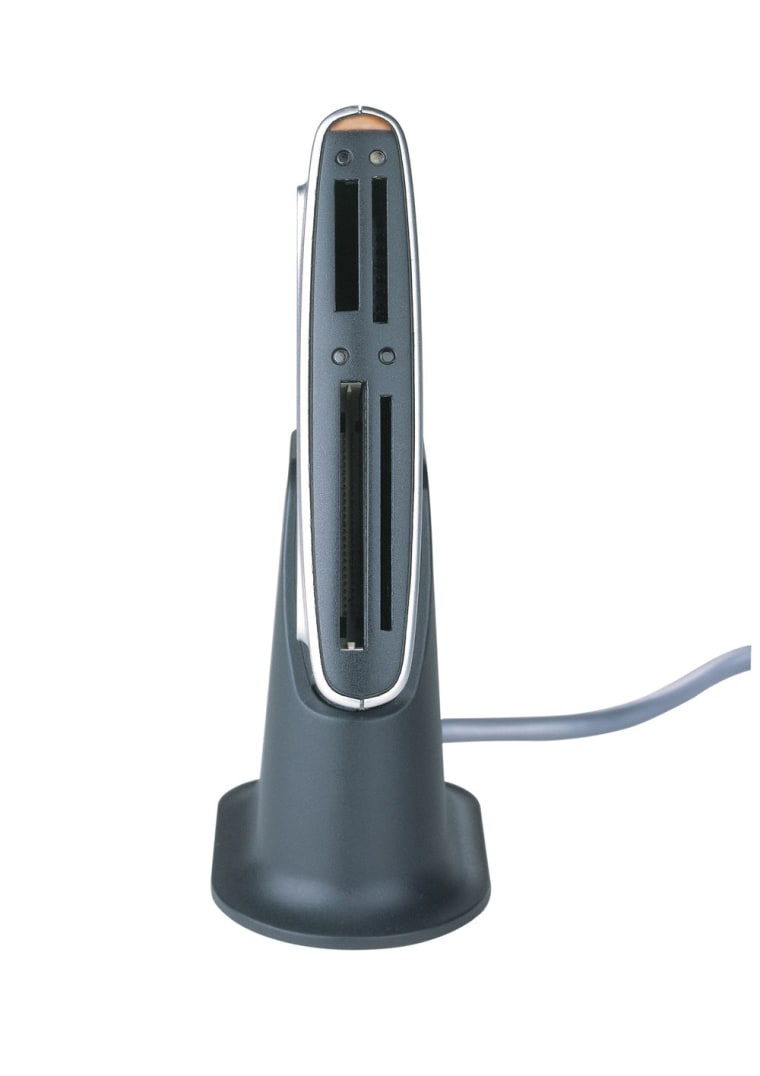
The beauty of the ImageMate is its flexibility. As its name suggests, the 8-in-1 can handle multiple card formats, including CompactFlash Type I and II, Memory Stick and Memory Stick PRO, SmartMedia, xD-PictureCard, and MultiMediaCard. Each of the ImageMate’s card slots is active, meaning you can transfer data between different kinds of cards — great for consolidating images taken on different digicams or sharing files with a friend. But perhaps the best part of the deal is the price. The ImageMate can be had for around $30. Less stylish — and flexible — card readers can be found for as little as $10 at most electronics stores.
Pack a Wi-Fi wallop
So you were lucky enough to receive shiny new Wi-Fi hardware and managed to avoid Santa’s doghouse despite hurling profanities around the house as you tried to set up your network. Unfortunately, you may not be out the woods yet. For many, the joys of Wi-Fi are tempered when they venture around their house and discover the dreaded "dead zone." While the newer 802.11g wireless standard boasts better range and bandwidth than protocols of yore, Wi-Fi remains quite finicky.
So give your network a boost.
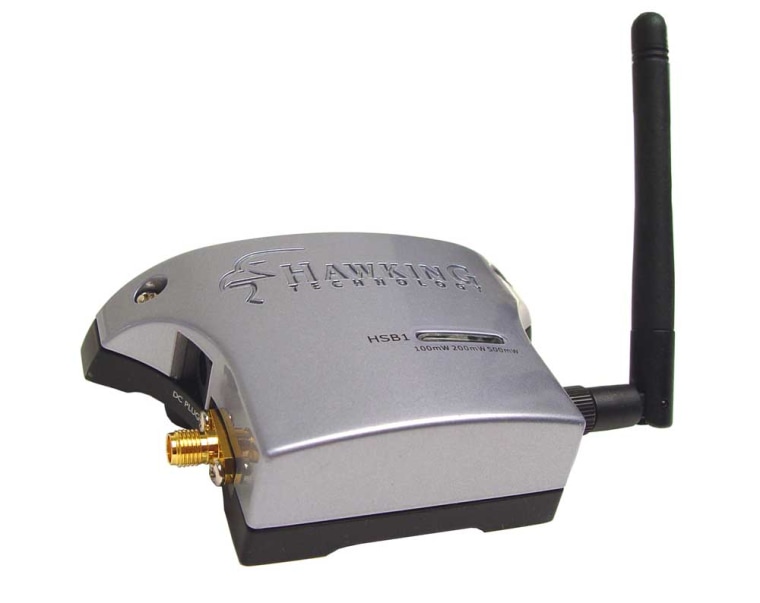
Wireless repeaters, antennae and power-line bridges can all help extend your network’s range. Unfortunately, picking the right solution is something of a science.
If all you want to do is extend the range of your network so you can browse the Internet on your laptop from anywhere in your home, consider one of the quickest solutions, the Hawking Technology HSB1 Wi-Fi signal booster ($80). Hawking’s elegantly designed booster plugs into the antenna port on most wireless routers. Users can select one of three levels of amplification, from 100mW to 500mW; the higher the setting, the greater the range. A drawback to keep in mind is that boosting your wireless signal can cause interference with other devices operating at 2.4GHz, such as cordless phones.
Linksys, Belkin and Buffalo Technology also offer Wi-Fi boosting devices. But for ease of set-up, the HSB1 is hard to beat.
Personal pirate radio
Congratulations! You’ve joined nearly everyone else on your block as the proud owner of an iPod. You’ve been strutting around town with white wires hanging out of your ears, serenading yourself with your own personal soundtrack.
But what happens when you want to take your soundtrack on the road? If you’re one of the few remaining audio-fossils with a cassette player in your car, you can buy a tape adapter, connect it to your iPod and be done with it. But if you’ve got a newer car stereo and seemingly no way to connect your iPod, or want to become an instant DJ at any house party, you’d best invest in an FM transmitter such as the Griffin iTrip.
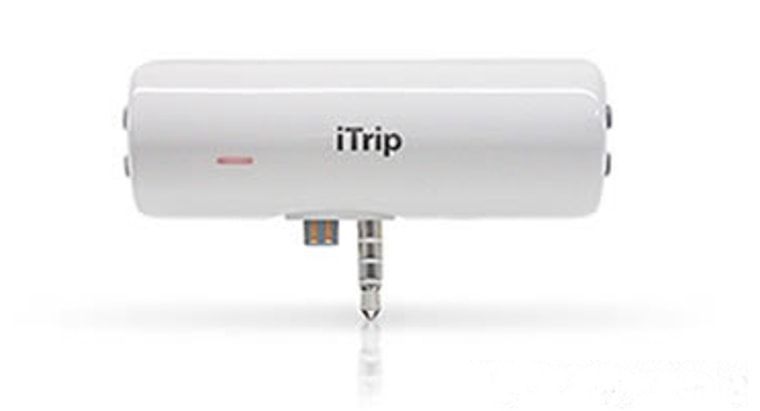
The iTrip is a small device that takes the audio signal from an iPod and transmits it to a nearby home or car stereo over an unused FM frequency.
The iTrip was designed for the iPod — and only the iPod — and comes in a lovely shade of white. It draws its power from the iPod and comes with dozens of frequency presets, from 87.9 to 107.9 FM. Note: some FM transmitters work on only a few frequencies and are virtually useless in a city with many strong radio stations.
Changing frequencies on the iTrip is fairly simple: tune your stereo to an unused station, navigate to the same frequency in the iTrip playlist and click "play" a couple times. At least, it's supposed to be that easy. In reality, this can be a bit trickier than Griffin suggests and should not be attempted while actually driving.
Sound quality can vary depending on range and radio station density. The iTrip offers better sound than most transmitters in urban environments, but don’t expect a concert hall in your car. That said, for overall style and functionality, the iTrip is a winner, and at $39, it is a bargain compared to bigger transmitters that can approach $100.
Memory chic
Loading up a new computer with pictures, music, movies, letters and school or office projects can be a joy (OK, maybe not the projects part), but there comes a time when you may need to move some of those files to another computer. Rather than sending huge e-mails or wasting a CD-ROM on just a few files, consider picking up a USB flash-memory drive. These small devices can store anywhere from 16MB to 2GB of data (enough information to fill 10 to 1,500 floppy disks).
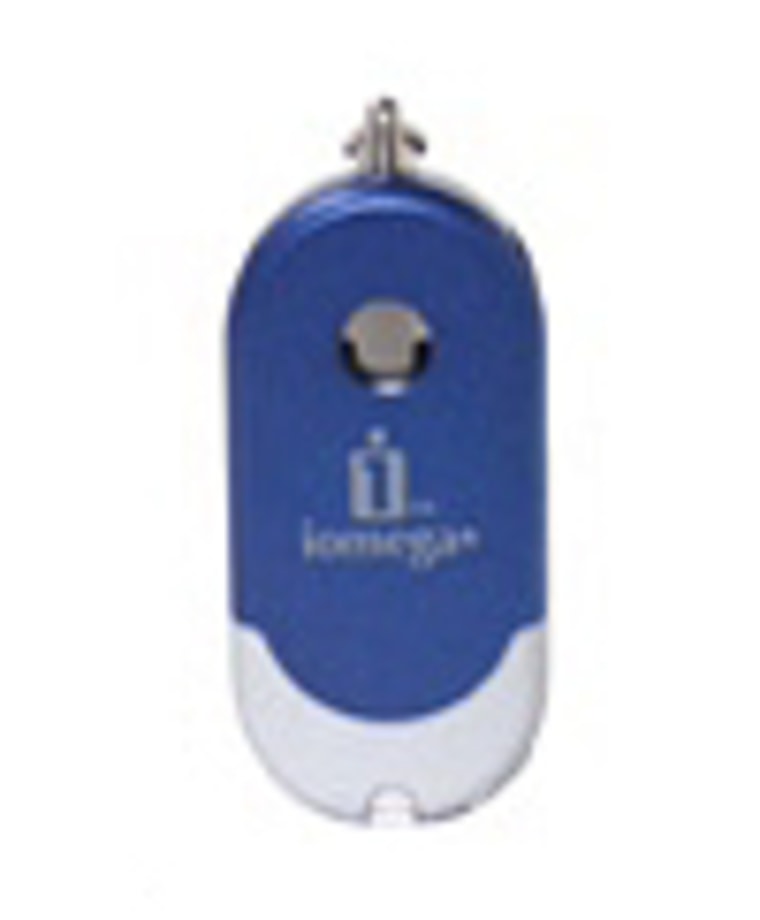
While these novel gadgets once cost a pretty penny, decent 64MB models can now be found for around $20 in a variety of colors and sizes. The question these days isn’t whether to get a flash drive, but what kind to get. With so many choices and brands available, it can be hard to tell the difference. Just about every flash-drive works the same way: plug it into a USB port on a PC or Mac and drag files to and from the drive.
One of the smallest and most fashion-friendly flash drives is theIomega Micro Mini. Micro Minis are less than an inch long and come with three interchangeable covers (blue, orange and black). Due to their small size, they cost a bit more than drives of comparable capacity ($25 for 64MB, $85 for 512MB). The Micro Mini is still a pretty good deal considering it can be worn around the neck or attached to a keychain.
If you need a little more bang for the buck and don’t mind a slightly bigger package, take a look at the sharp-looking and ultra durable SanDisk Cruzer Titanium. This metallic beast can be found with 512MB for as little as $65. Lexar offers a Ferrari-red JumpdriveSport with 512 MB for around $70.
